We all keep on hearing that sunlight is the essential element for proper plant growth.
Experts give reasons behind the undernourishment and undergrowth of plants is potentially due to the lack of sunlight.
People are recommended to cultivate crops and plants depending on the climate of the place that they dwell in and the sunlight that it receives.
Like water and carbon dioxide, and other vital nutrients, sunlight is an essential component responsible for the plant’s growth.
A plant cannot grow in the desired manner if it is not provided with adequate sunlight.
Our topic for today will revolve around all-around sunlight. But before getting into any of that, let us first know why sunlight is essential.
Why is Sunlight So Important?
Sunlight is very integral in the growth of a plant. Let us dig a little deeper and know the reason behind this.
Sunlight, as we know from school, is a white and warm light that comes from the sun. Like any white light, the sunlight is also a band or combination of seven colors (Violet, Indigo, Blue, Green, Yellow, Orange, Red), the colors that a rainbow is made up of.
If we align all these colors in the given order in a circular disc and then rotate it fast enough, we will observe that white color is visible.
All these colors are essential for the plant and stimulate growth and nourishment in each stage of its life cycle.
It also facilitates vegetative growth. And as the sunlight is composed of all these colors, it facilitates the plants with their growth and production and provides them the nourishment required at that stage of their life. This is what makes sunlight so priceless and essential.
With advancements in technology and innovation, inventions like the grow lights help in imitating the sunlight for indoor plants or plants grown in places that don’t receive adequate sunlight.
However, all of these inventions are still unable to match the sunlight’s efficiency and effectiveness, which makes sunlight even more precious.
Sunlight also Stimulates Photosynthesis

Sunlight is one of the most critical requirements in photosynthesis, a process by which green plants produce glucose using water and carbon dioxide in the presence of chlorophyll.
Without photosynthesis, plants will be unable to produce any food and any energy, and the whole of the living species will be devoid of energy and food as plants form the base of any food chain. So, sunlight is a must for plants.
Garden Sunlight Requirements
But how can you make sure that the plants in your garden are receiving as much sunlight as they need? Some plants in your backyard might not need as much of the sunlight as it is being provided with because of the climate of your locality or the place you have planted it in.
Some plants will remain undernourished because they are devoid of the right amount of sunlight that they should be provided with, again, because of the climate or the space you are growing it in.
The proper growth can only be anticipated if it is provided with the right inputs like fertilizers, the right amount of water, and most importantly, the right amount of sunlight.
There are broadly two factors deciding the amount of sunlight that your plant is going to receive. Let us discuss both one by one.
The Climate of the Place
This is something that is out of your control. You cannot control the climate of your locality. The only thing that you can do is change the locality.
The climate of the place is one of the most important and decisive factors of the plants that you can grow in your backyard and the plants you cannot.
If you live in a cold place that receives snowfalls and the temperature reaches double digits in minus, you certainly cannot grow plants that need a warmer climate. And the opposite is also the case.
Space Selection
This is a secondary option using which you can allocate high sunlight receiving a place in your garden to plants which need the same, and the plants that don’t require much garden sunlight could be grown in places that are either under a shade or are not receiving sunlight for some time in the day.
, Unlike the previous factor, the decision to use this factor is totally under your control, and you can use it in the way you desire.
If this decision is made judiciously and is given the right time and thought, then the results would be, no doubt, mesmerizing, and you will have a garden with the healthiest of plants and vegetables.
Now that we know what factors determine the garden sunlight, your plants are getting to see the type of plants that require different types of sunlight conditions.
Plants Requiring Different Types of Garden Sunlight Conditions
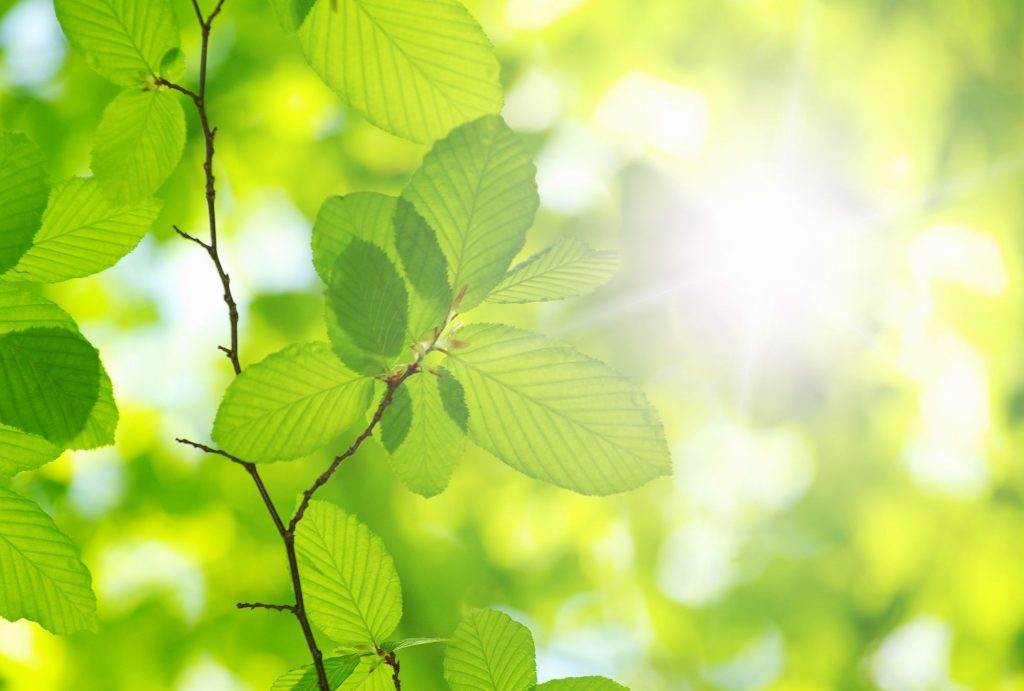
Plants, in this context, can be divided broadly into three main categories. These are:
- Plants requiring low sunlight
- Plants requiring medium sunlight
- Plants requiring high sunlight
Let us discuss all of them one by one.
Plants Requiring Low Sunlight
As already mentioned, plants need sunlight for growth and, most importantly, for photosynthesis. Well, not all require the same amount throughout their lives.
Some plants are better off with low sunlight requirements, like 3 to 4 hours per day.
This makes these plants more favorable towards the colder climates, and they thrive in or before the fall.
These plants that do not require much sunlight generally possess thin and broad leaves which are expert in catching as much of the sunlight as it can in the minimum time given.
This helps it in continuing with the photosynthesis without requiring much of the sunlight. The plants in this category are generally leafy plants mostly used in salads and soups and are very healthy for people of all ages.
You do not need to bather about the excess garden sunlight if you live in a cold place and the summer or pre-summer season.
The plants in this category are:
Asian Greens
Asian greens are leafy plants mostly cultivated in the east of the Asian continent and have a high nutritional value. These plants can be eaten raw, and it is for these reasons it is used in salads and soups, and sandwiches.
Arugula
These leafy plants taste peppery in flavor and are very famous as a salad component. Not to mention it can be eaten raw.
Cos Lettuce
Known as Cos lettuce or Romaine lettuce, or Parris islands, these plants are ribbed leave plants which are dark green at the top but are crispier and whiter in the middle and towards the bottom. It is also used in many salads and other continental and healthy dishes.
Other Plants
Other plants that grow well in the availability of less garden sunlight are Lettuce, Parsley, Swiss Chard, etc. All these plants are leafy and can be eaten raw.
Plants Requiring Medium Garden Sunlight
Some plants do not grow well either in deficient sunlight availability or in its abundance. Its growth is only suited if it receives medium sunlight availability, i.e., between 4 to y hours.
These plants are mostly root plants meaning that the root part of these plants is edible. Most of these root plants are also eaten raw and used in many salads, just like the leafy plants.
These plants are more nutrient and fiber-rich and have more water content and this to accumulate so much food requires more photosynthesis time, and this more sunlight is needed. You can use these veggies in preparing healthy soups for your family and children.
Let us see the plants in this category.
Beets
Beets or beetroots are root plants that grow below the ground and are red. Their color is their most significant identifier. These plants are rich in iron and vitamins and can help in blood formation. It is suggested as a winter veggie.
Broccoli
Broccoli is a green vegetable that falls into the cabbage species. It is a very healthy food option and is liked by many people for its nutritional richness. These are used in a lot of salads.
Carrots
Carrots are root plants that are not just liked by bunnies but also by us humans. It is also used in a lot of soups and comes in orange or red color. These can be eaten raw and can be used in a lot of dishes.
Other Plants
Other plants requiring medium garden sunlight are potatoes, radishes, and turnips. All these plants are grown inside the ground and can be eaten raw except potatoes.
Plants Requiring High Garden Sunlight

There also are plants that require medium to high sunlight. These plants should be grown in spaces of your garden that you believe require the most sunlight.
If deprived of the appropriate sunlight, these plants will not grow properly or will not propagate. So, to make sure that you get the desired output select the brightest areas for these plants.
These plants grow very well in the summer season. The sunlight requirement for this category of plants ranges between 6 to 8 hours. The sunlight duration could go even higher.
Let us look at the plants in this variety
Peppers
Peppers are very famous for their spicy and peppery flavors. These are used in a lot of dishes and are also eaten raw in salads.
Watermelon
This summer fruit is known for its cooling nature. It has the most water content among all the fruits and vegetables. They are very famous in summers and are liked by everyone. They act as a coolant in the hot weather.
Other Plants
The other plants of this variety are eggplants, tomatoes, okra strawberries, etc.
Conclusion
These are some of the varieties of plants depending on the sunlight requirements. These plants could be grown in your backyard if you have a suitable climate and a suitable place for them.
Garden sunlight is an essential component in plants’ growth but only when paired with other essential things like water, fertilizers, and fresh air, which provide the necessary nutrients for its growth.

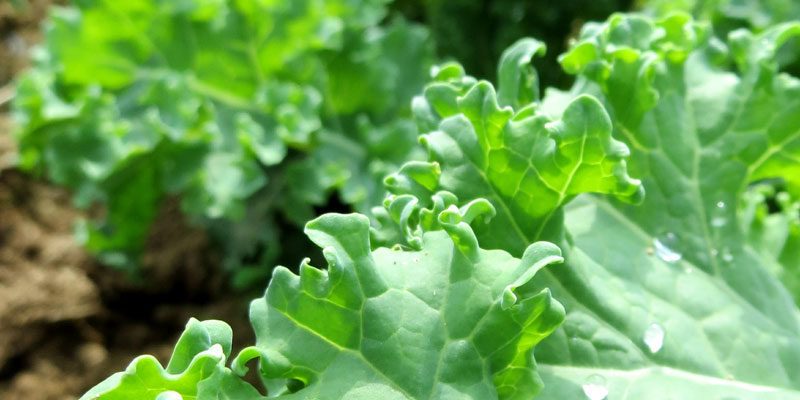





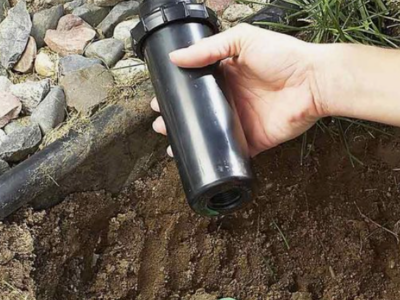
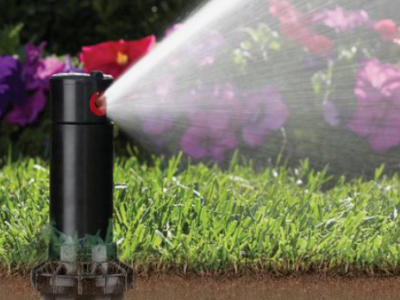
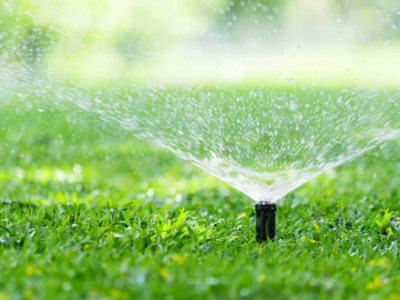
Comments